How to Look After Your Shrubs
Shrubs are the 'backbone' of the garden, and there are a huge variety to choose from to ensure you have colour and interest every month of the year. Here's a quick guide on how to maintain your shrubs to keep them healthy and under control.
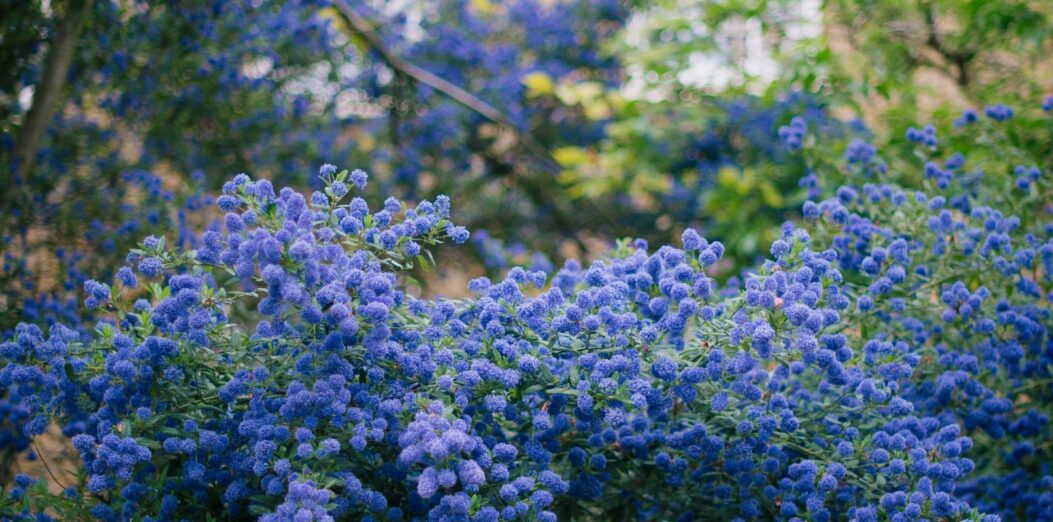
Shrubs add structure, form, and texture to any planting scheme and if chosen carefully can require very little maintenance, however if you want your shrubs to look at their best, there are a few key maintenance tasks.
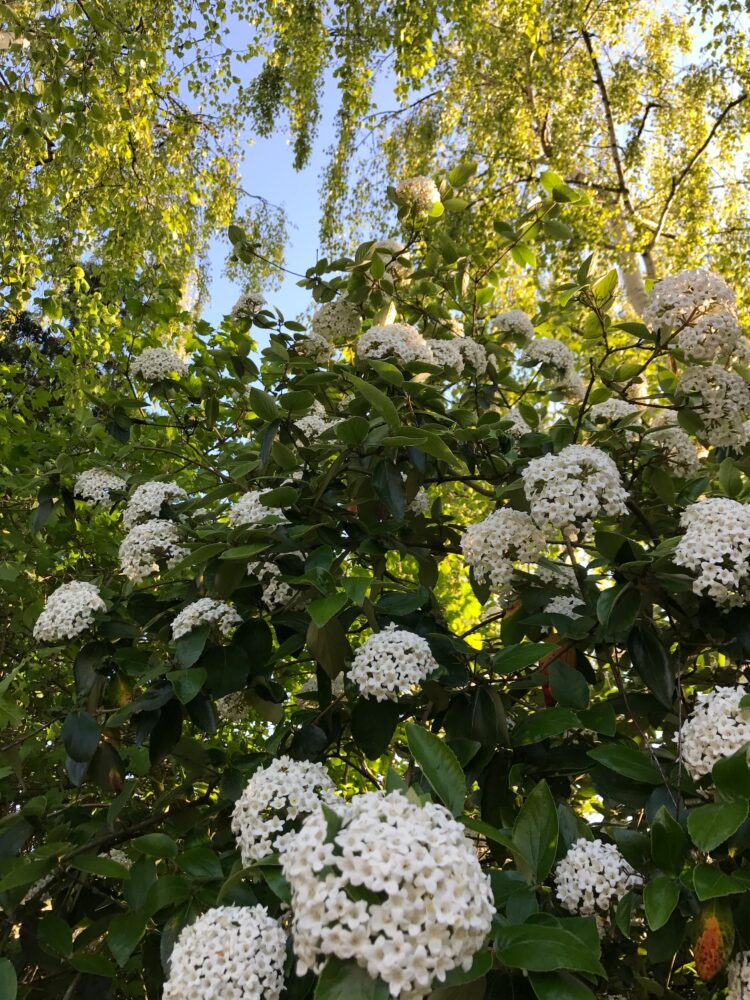
Watering and Weeding
- Drought stress is common in newly planted trees and shrubs. To prevent this, it is important to regularly water your new shrubs, particularly through the hot dry months.
- Keep the area around your new shrubs weed free to prevent competition as your shrubs are establishing.
Pruning
Pruning shrubs is important to ensure you create a good plant shape and maximise flowering. Try to make sure you prune the right shrub at the right time. The best way to judge this, is to consider when they flower, and whether they are evergreen or deciduous and this will tell you whether to prune in spring or summer. If in doubt, there are lots of helpful guides online.
Deciduous Shrubs: Spring Pruning
If your plants flower from July – October and are deciduous, then you should prune them in spring. This will give you a better flowering display for the summer ahead as the flowers on these plants will appear on new growth. By pruning in spring, the new shoots will avoid frost damage that may occur if it were pruned in winter. As a rule of thumb, prune last year’s growth back to two or three buds above healthy thick stems to provide a good framework for the new growth. Examples of late summer/autumn flowering shrubs are Buddleja davidii, Fuchsia, Perovskia and Spiraea japonica.
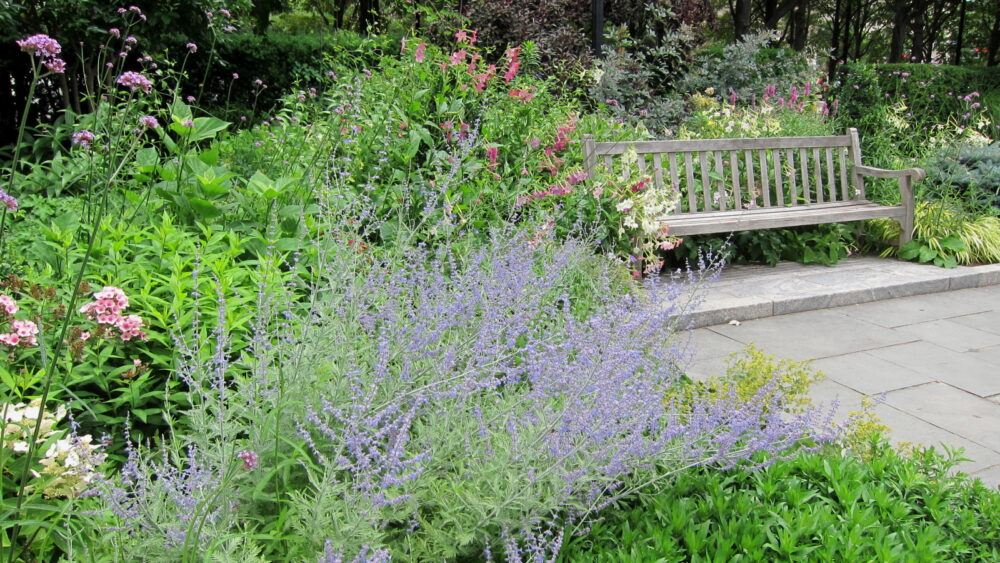
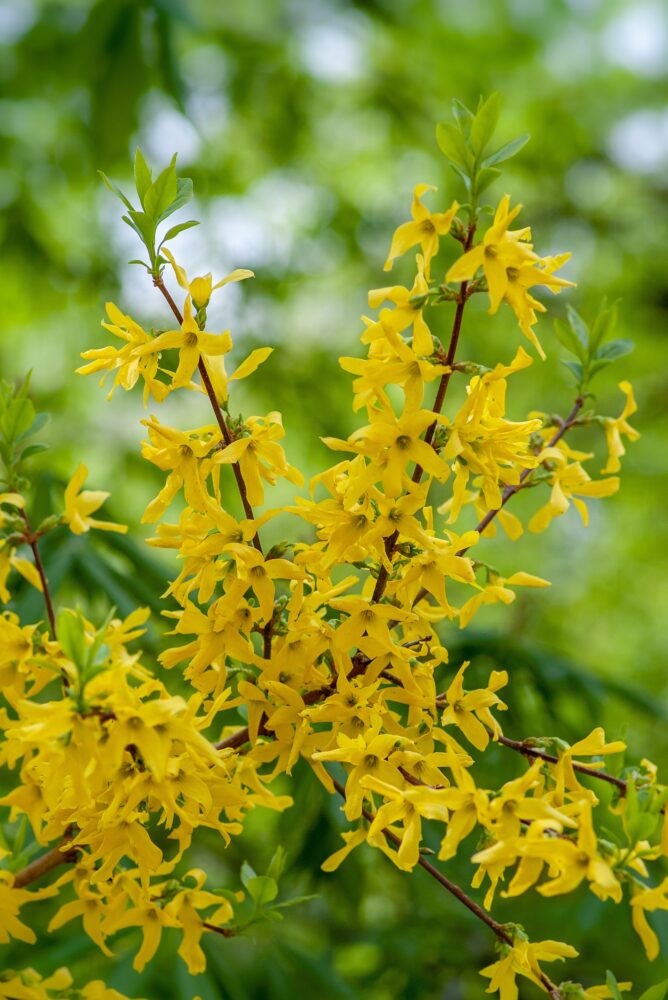
Deciduous Shrubs: Summer Pruning (After Flowering)
If your plants flower from November – June and are deciduous, then you should prune them immediately after flowering. For these plants, new flower buds form on the previous year’s growth (rather than on new growth). Pruning after flowering, gives the shrub lots of time to grow new shoots, on which flowers will form the following year. Examples of these type of shrubs are Ribes, Forsythia, Philadelphus and Weigela.
Evergreen Shrubs: Pruning
Most evergreen shrubs need little to no pruning, however there are a few that benefit from regular pruning. The best time to prune most evergreen shrubs is after flowering. If the shrubs are well established and need to be renovated or drastically reduced, this can be done in late winter and early spring just before growth begins and after the risk of frost damage. Examples of these are Buxus, Choisya, Euonymus, Hollies, Pieris and Laurels.
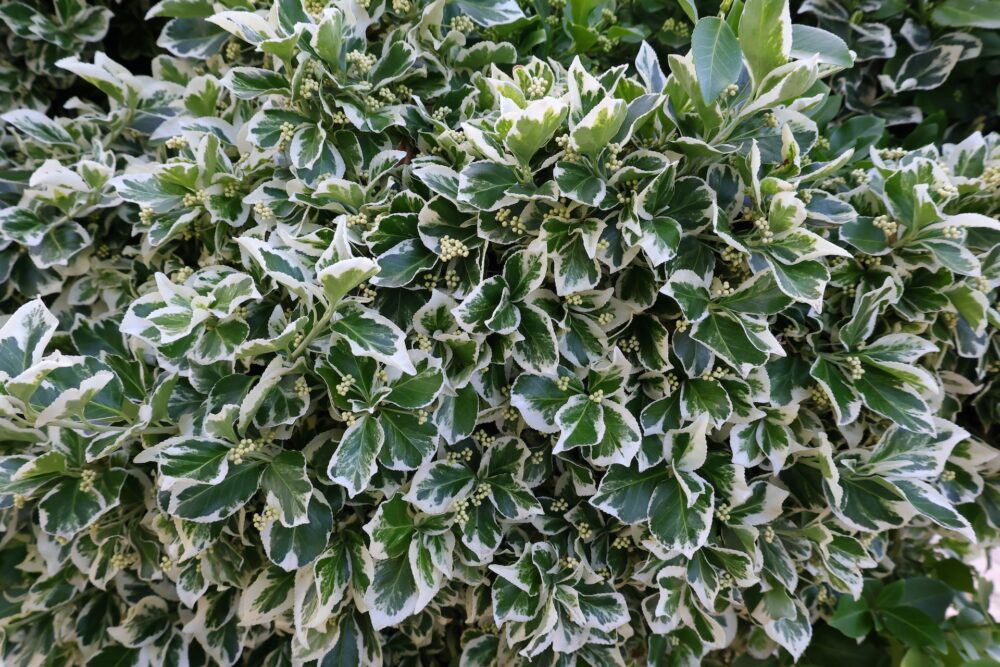
Photo Credits
“160701 013 Wagner Park South Garden – Perovskia atriplicifolia, Phlox ‘Bright Eyes’, Nicotiana alata cvs, Verbena bonariensis, Hakonechloa macra ‘Aureola’” by cultivar413 is licensed under CC BY 2.0.